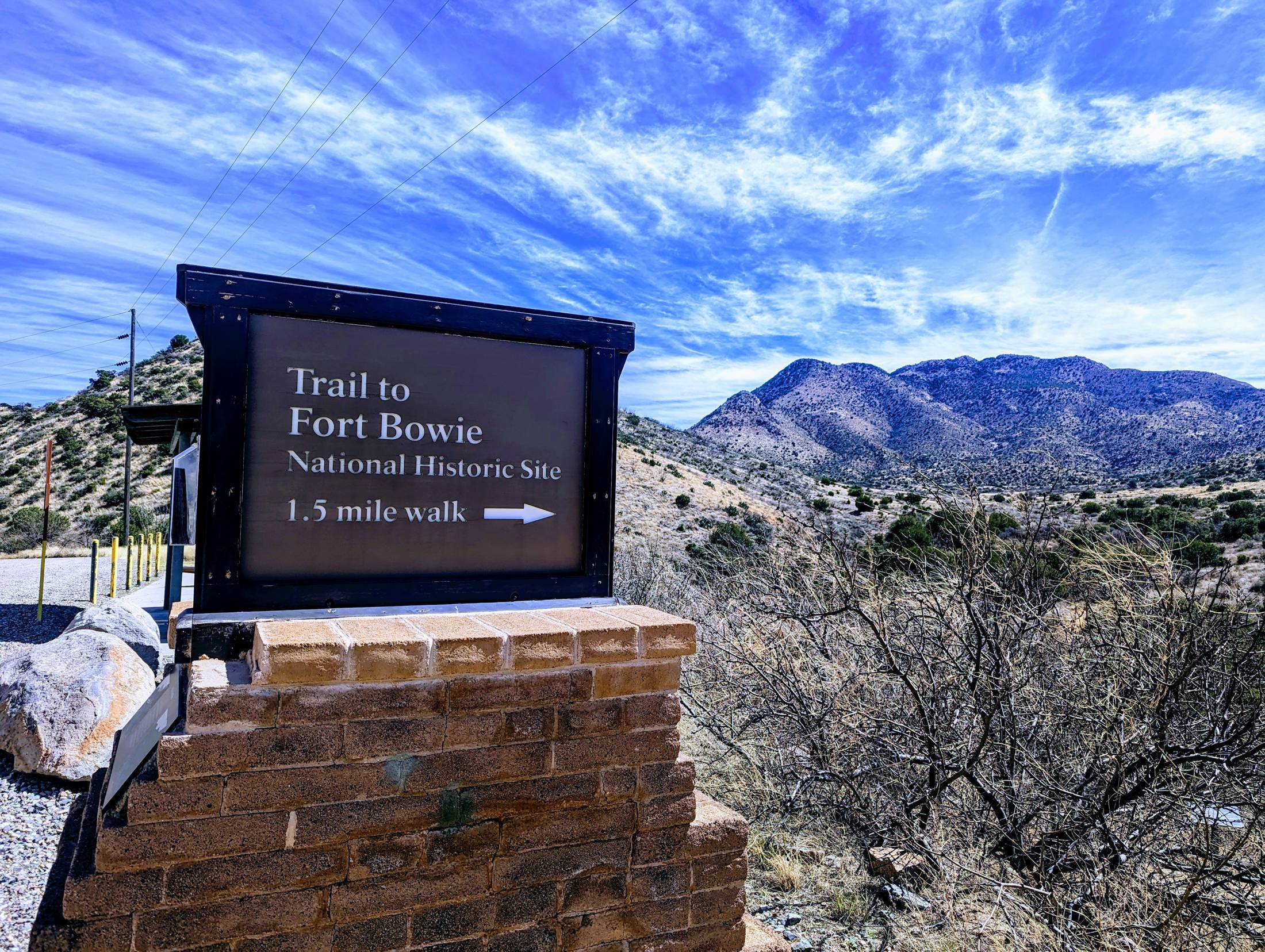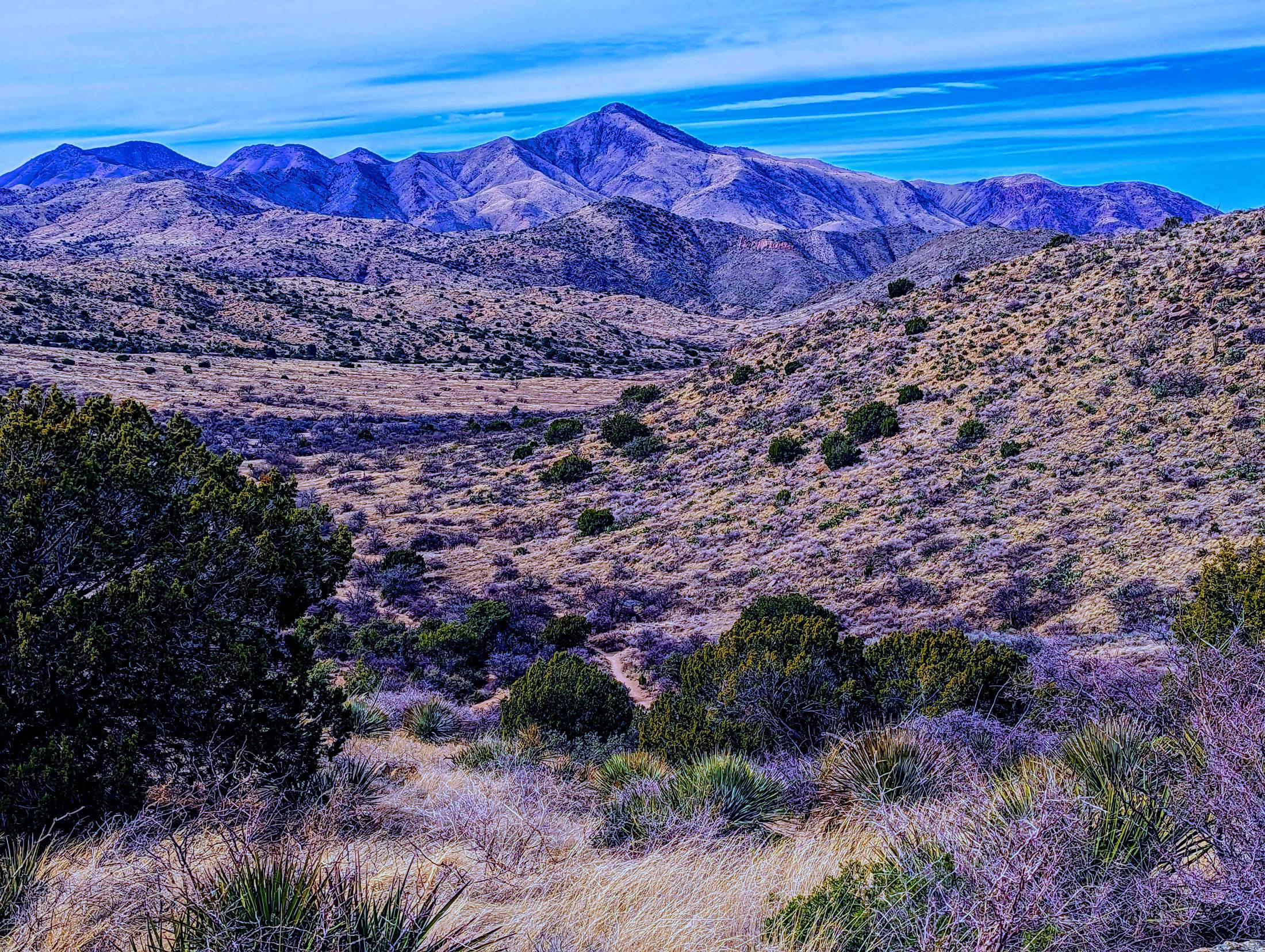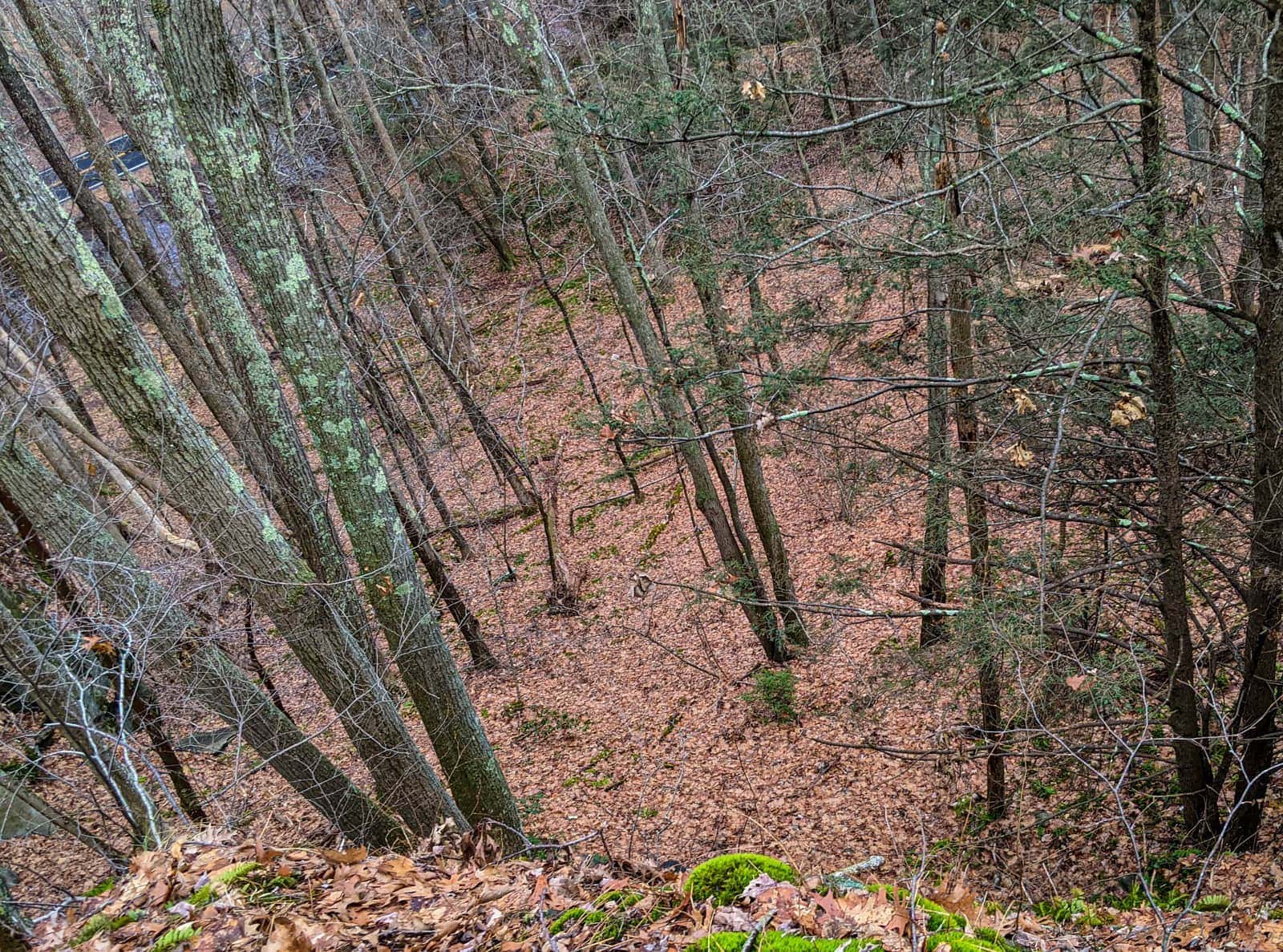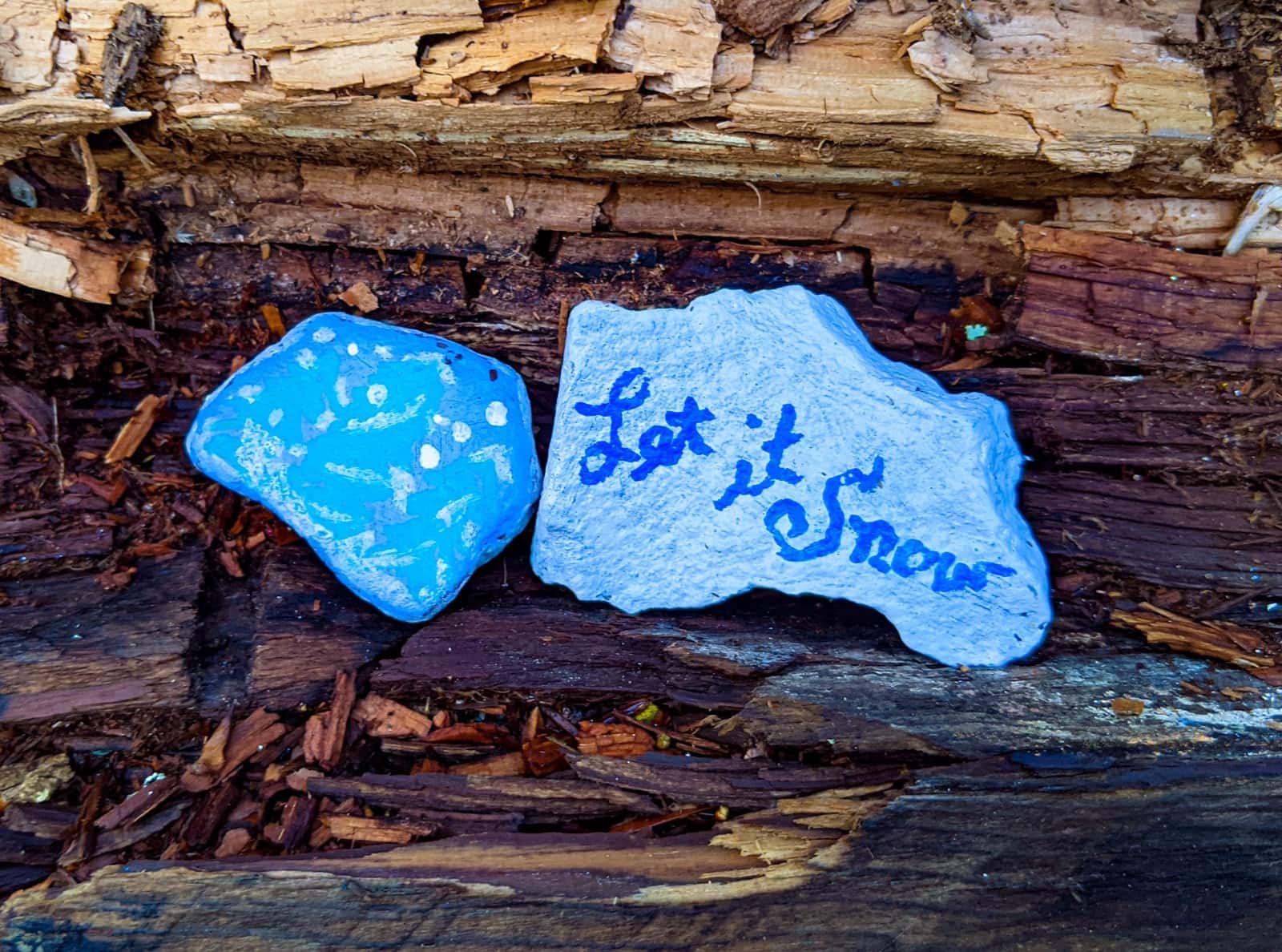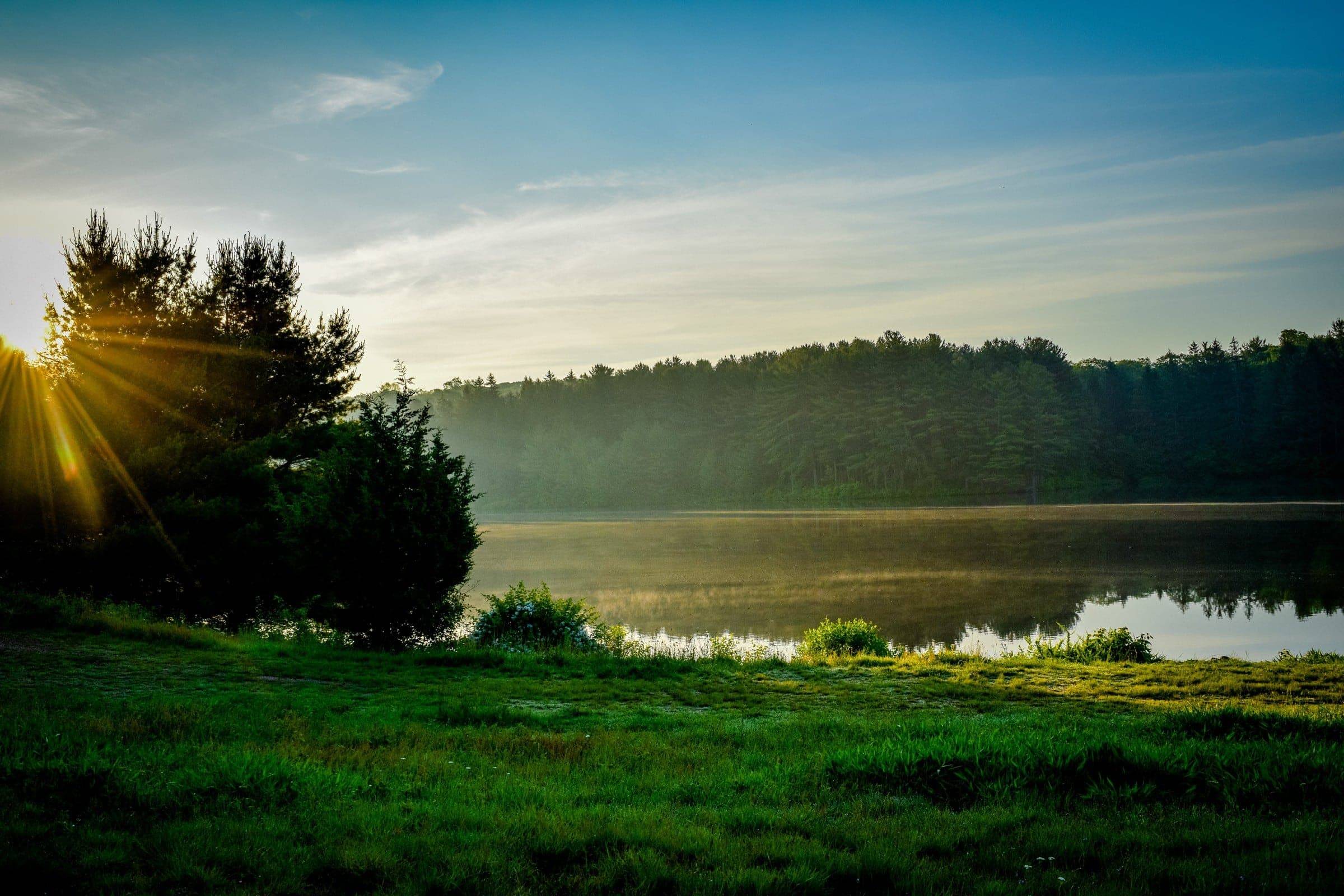The battle on the way to a battle
Who saw the 1950s movie “Battle of Apache Pass” with Jeff Chandler as Cochise? Only a white guy could handle this role, as it was invented by Hollywood events, since history itself is not interesting enough. Unfortunately, some people accept it as the truth. Anyway, the story is two days long. New Mexico was nominally Confederate, so there were 2,500 Union troops from California led by Brigadier General James Carleton. This battle launched 22 years of conflict and was the first official battle of the Apache wars. It is not very important that this happened on the way to another conflict.
That kicked off a war
Anyway, a scouting column of 96 soldiers approached the abandoned stagecoach station and was ambushed by 150 Apaches led by Cochise, the chief of the Chokonen band of the Chiricahua Apache, and Mangas Coloradas, chief of the Bedonkohe band of the Apache. This ambush was motivated by vengeance for some unfortunate events that had happened the year before, which had ended with Cochise’s brother and nephews being hanged by the army in an attempt to set an example. All because neither side would bend an inch. Many troubles could possibly have been averted, or at least delayed, if two parties had simply agreed to some exchange. But wisdom and empathy rarely manifest themselves sensibly when militant egos are involved. Hence, lives were lost pointlessly. A brutal and costly conflict started. The California Column easily took this vital pass through the Chiricahua mountains, with its precious spring, and built Fort Bowie, or rather, two Fort Bowies. A hastily constructed makeshift fort on top of a rise overlooking the pass in 1862, and a bigger, more permanent fort a quarter of a mile away that was active from 1868 to 1896.
As for the California Column and its Civil War New Mexico endeavors, eh. Nobody cared. Bigger things were going on elsewhere.
How many generations of hate can get tied to each memorial?
There's a bit of a walk
Well, it’s more than a walk; it’s a hike really. Okay, so there is a parking lot where you can access the fort location if you have a handicap sticker on your car. Otherwise, you’ve got a mile and a half – though I personally think it’s closer – hike down the old stagecoach path through Apache Pass. And it was a very cool hike indeed.
Mostly because I get up in my head and I provide my very own augmented reality overlay. So I’m not just vaguely observing the amazing landscapes; I’m envisioning everything that happened on that landscape as best as I can in my mind’s eye with the available information I have about it.
As I said, the hike was about a mile and a half. I would call it easy, while M would probably call it moderate. But that’s the thing about subjective ratings such as easy and moderate. It was my first Arizona hike and my first trek through that type of terrain. Yes, I loved it. It was early March, so we didn’t have any brutal heat. It was windy, but not cold.
The trail wound along the Old Stagecoach Road through Apache Pass and had such features as the old Indian Bureau station foundation, the Fort Bowie post cemetery, and the springs that made Apache Pass such a critical resource.
Flora
Of the flora we saw along the trail and identified with my banging plant app. It’s a lot like having a botanist in your pocket. You point him at something and he tells you what it is how awesome is that I love now. But here’s some of the things we saw:
- Ponderosa Pine (Pinus ponderosa): A common tree in the higher elevation areas.
- Juniper Trees (Juniperus species): Several species of juniper occur in this area.
- Arizona Cypress (Cupressus arizonica): These trees are native to the area and can often be found in canyons.
- Mexican Blue Oak (Quercus oblongifolia): An oak species that grows in the southwest United States.
- Arizona White Oak (Quercus arizonica): Another oak species that is native to the area.
- Soaptree Yucca (Yucca elata): A common desert plant, it has tall stalks of white flowers.
- Agave (Agave species): Several species of agave, including Parry’s agave, are found here.
- Sotol (Dasylirion wheeleri): A desert plant with a tall flower stalk.
- Prickly Pear Cactus (Opuntia species): Various species of prickly pear are common in the area.
- Cholla Cactus (Cylindropuntia species): Several species of cholla cactus are native to the area.
- Creosote Bush (Larrea tridentata): A common desert shrub with small yellow flowers.
- Sagebrush (Artemisia tridentata): A common shrub in the desert environment.
- Brittlebush (Encelia farinosa): This plant has bright yellow flowers and silvery leaves.
- Indian Paintbrush (Castilleja species): Wildflower that blooms in the spring and adds color to the landscape.
- Beargrass (Nolina microcarpa): A plant with long, narrow leaves and tall stalks of flowers.
Fauna
We didn’t encounter any fauna, which I have no complaint about, as the fauna included mountain lions – there were warning signs – and five different species of rattlesnake. I’m okay with having just pictures of mountains and flora.
Old Fort
The old 1862 fort was located at the top of the rise to the right of the trail as you pass the spring. There is a side trail with about a quarter-mile hike uphill, which M decided to forgo, so I went by myself. The fort itself was essentially just ruined foundations. However, the view back through Apache Pass, where we had just hiked through, was awesome.
New Fort
By the time we got to the visitor center and the 1868 fort, we were done. M was really tired. I had reached the point where I had taken so many pictures that I just wanted to chill and enjoy the rest of the hike back. The 1868 fort was anticlimactic, with just a bunch of adobe foundations. It was a nice, uneventful, and mostly downhill hike back. When we got to the RV, we were glad to be there.
I think the place was totally awesome, and I would definitely go back and hike there again.
Location Info
Helpful Links
My Rating
I don’t have any negatives except the same Aramark tshirt that is $20 at every other NP was $40 here. But that’s not on NPS. Beautiful desert landscape with epic history so…
